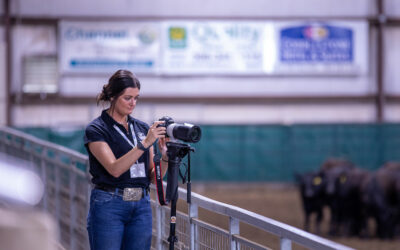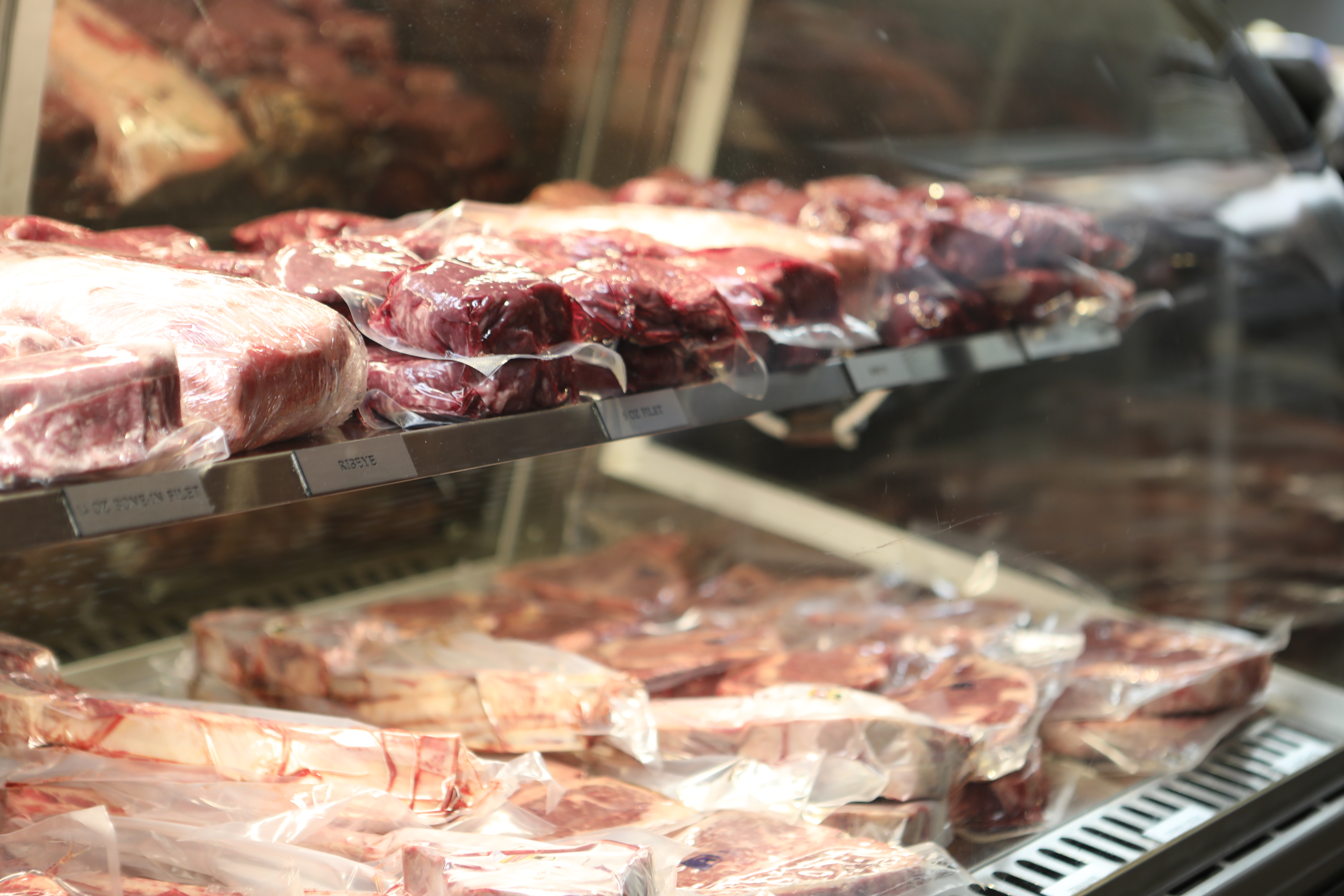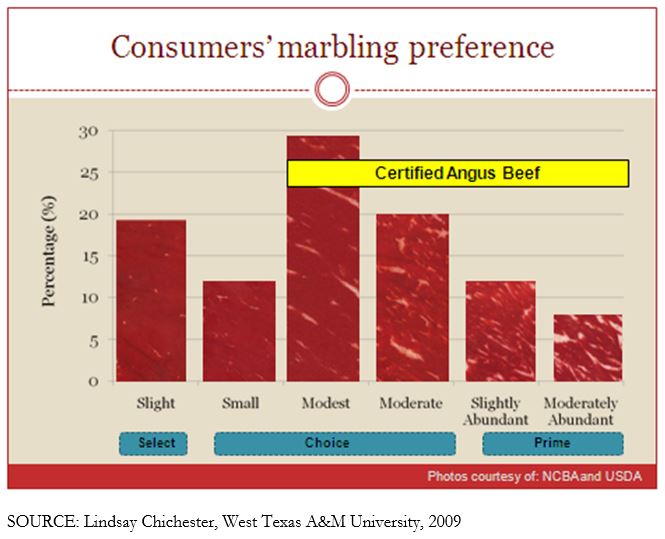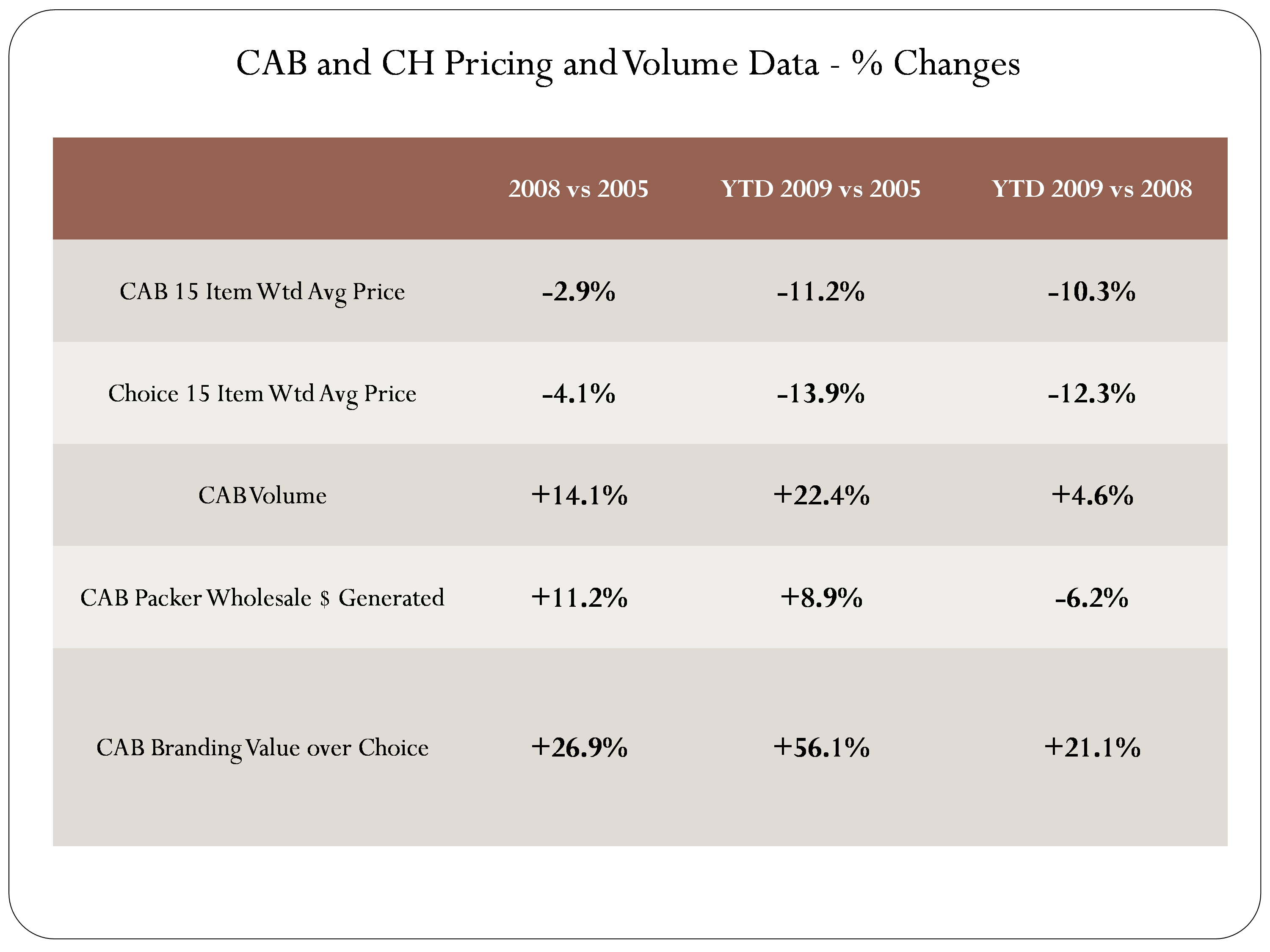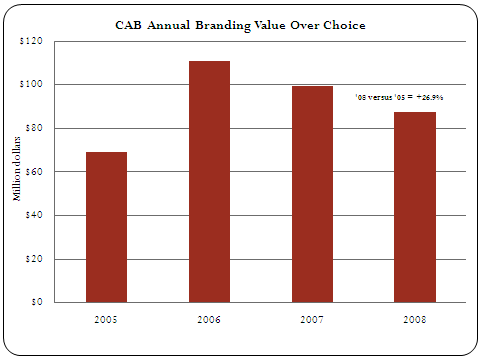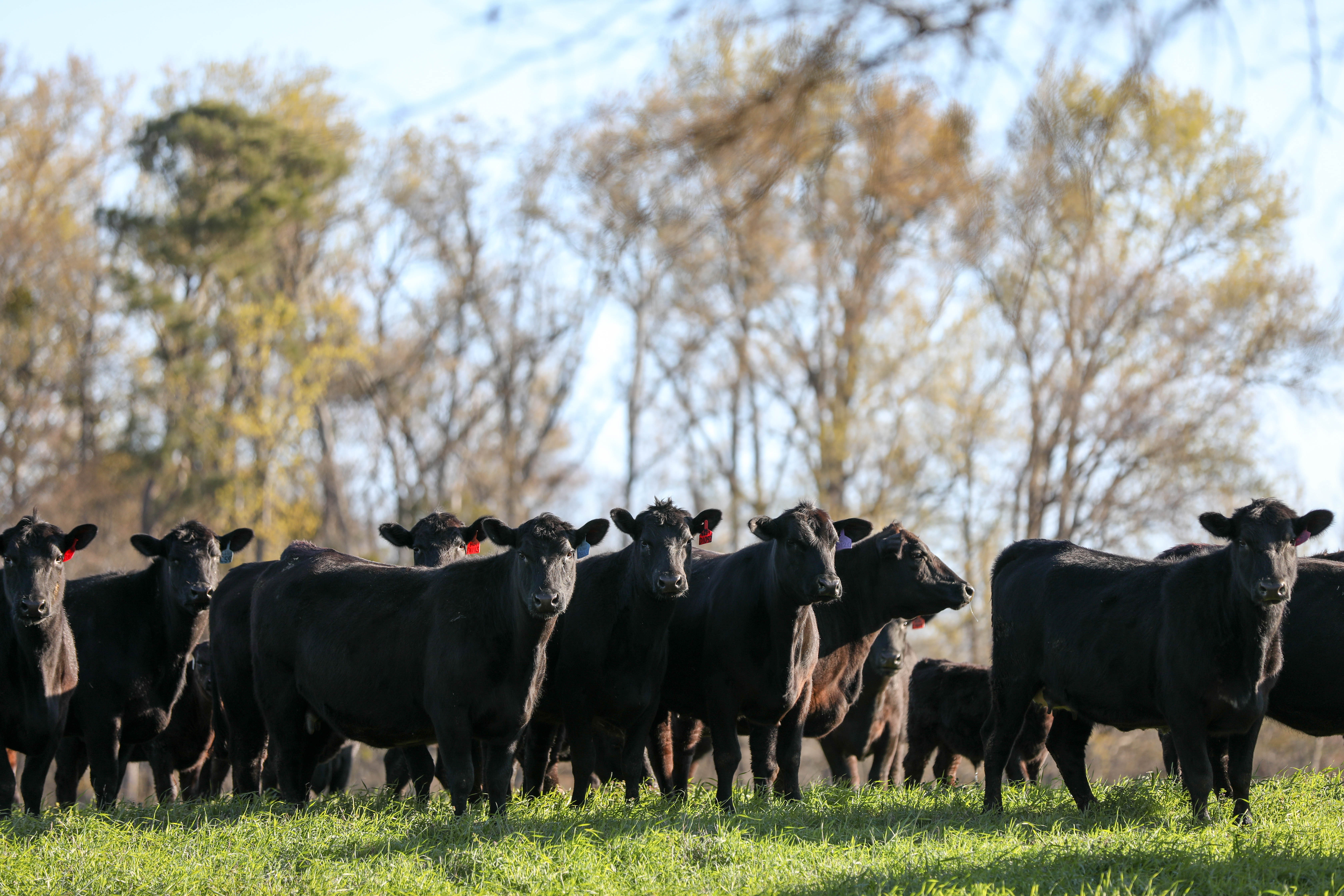
Beefsteak pop-up in New York City
by Miranda Reiman
When springtime hits the rural regions, folks hunt for mushroom delicacies that pop up this time of year. People crave these, seek them out and guard their secret places, but they know it is for a limited time only.
This year, amongst the traffic and concrete of New York City, the emerging season brought about a different springtime arrival. Just like those searching the pastures and woodlots for the tasty, fleeting morels and beefsteak mushrooms, urbanites sought out the James Beard Foundation’s “pop-up store” for its unique and limited-time flavors.
The JBF LTD, as it was called, operated in New York City’s trendy Chelsea Market for just 27 days, April 12 to May 14, and featured the work of the world’s finest chefs.
The Certified Angus Beef ® (CAB®) brand partnered with the organization, not only to ensure diners the best beef available, but also to add a healthy dose of farm and ranch education.
“We looked at this as an opportunity to showcase not only our product but our ranch connections to a ‘foodie’ audience,” said Melissa Brewer, CAB assistant director of public relations.
The pop-up was designed as a kind of educational restaurant, café, retail shop and performance space. Limited lunch menus and special, ticketed dinners by visiting chefs featured CAB brand product.
A “Cowboys and Cleavers” program brought Texas ranchers Steve and Ginger Olson together with renowned New York butcher Marc Sarrazin of DeBragga & Spitler and CAB Chef Scott Popovic.
“They talked about the entire beef production process from the ranch to the plate,” Brewer said. “It was a good chance to show how our brand is involved every step of the way. People seemed to enjoy meeting real, working cattlemen, too.”
And diners had the chance all month long to learn from the people who produce their food.
“Cowboy Fridays” brought Angus seedstock producers to the Big Apple to share their passion for raising cattle and how it’s done. Cattlemen and women traveled from Montana, Oklahoma, California, New York and South Carolina.
“We love meeting new people and telling our story,” said Abbie Nelson, of Five Star Land & Livestock, Wilton, Calf. “I want people to be comfortable knowing the utmost care is taken to raise beef from gate to plate.”
The Nelson family, including Abbie’s husband, daughter and granddaughter, is used to a non-farm audience because much of the land around their ranch has been developed.
“People are curious about what we do,” she said.
Similarly, Debbie Lyons-Blythe of White City, Kan., has been “agvocating” for a while, so her and husband Duane’s trip to New York a couple weeks later was just an extension of that.
“Duane and I have a commitment to advocate for the beef industry,” she said. “I write a blog and we connect with consumers whenever possible, but this was an excellent opportunity to connect with folks we have no other way of meeting.”
The owner-manager of Blythe Angus hoped to “show people the face of a rancher” who supports the CAB brand.
“We found New Yorkers to be interested in what we had to say and they asked great questions about what we do,” she said. “There were so many accents and it was exciting to think we may have had an impact on international consumers as well.”
The pop-up store also included a “steak of the day,” where consumers could purchase fresh cuts. CAB Prime tenderloins, T-bones, bone-in CAB Natural cowboy steaks and strip steaks stocked the meat case on alternate days, and every 21st purchaser received their beef for free.
To learn more, visit the JBF LTD website at popup.jamesbeard.org or search “James Beard” on the Black Ink Blog (www.blackinkwithcab.com)
You may also like
Certified Angus Beef Celebrates 45th Year with Strong Sales
It has been 45 years since Certified Angus Beef’s first customer purchased a strip steak at Renzetti’s IGA grocery store. Since then, consumer demand for high-quality beef has grown, ultimately driving demand for premium Angus genetics.
High-Quality Beef and Experiences Promised with Summer Internship
Internships help students take skills learned in the classroom and apply it before graduation or entering the workforce. Last summer’s interns described their experiences with CAB as engaging, fun, empowering valuable and challenging. Read more about these internship opportunities!
Quality Wins, Again
Sara Scott, Vice President of Foodservice for Certified Angus Beef, emphasizes the importance of taste over price in the beef market during the Feeding Quality Forum. As consumer demand for high-quality beef grows, Scott highlights the need for increased supply and encourages communication with packer partners to meet the demand for Prime beef.


